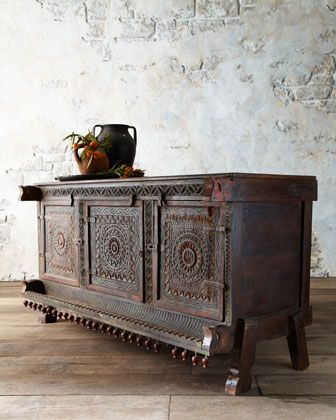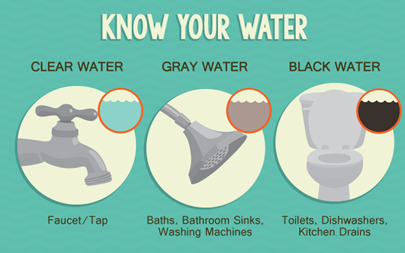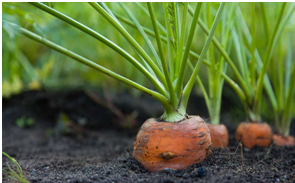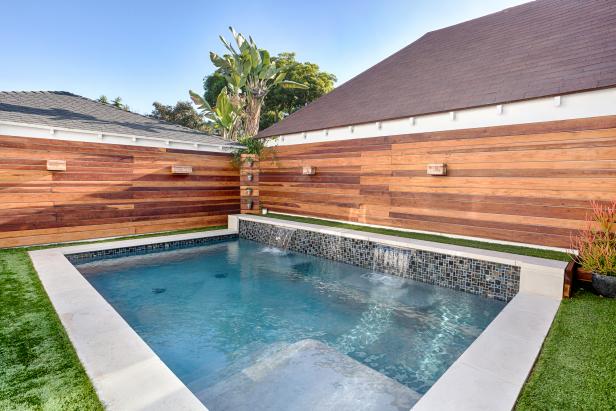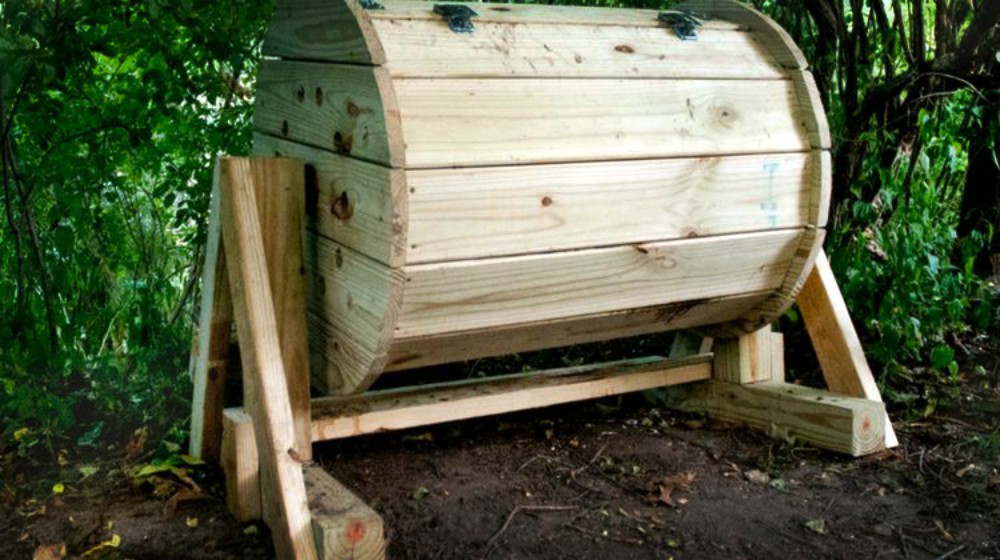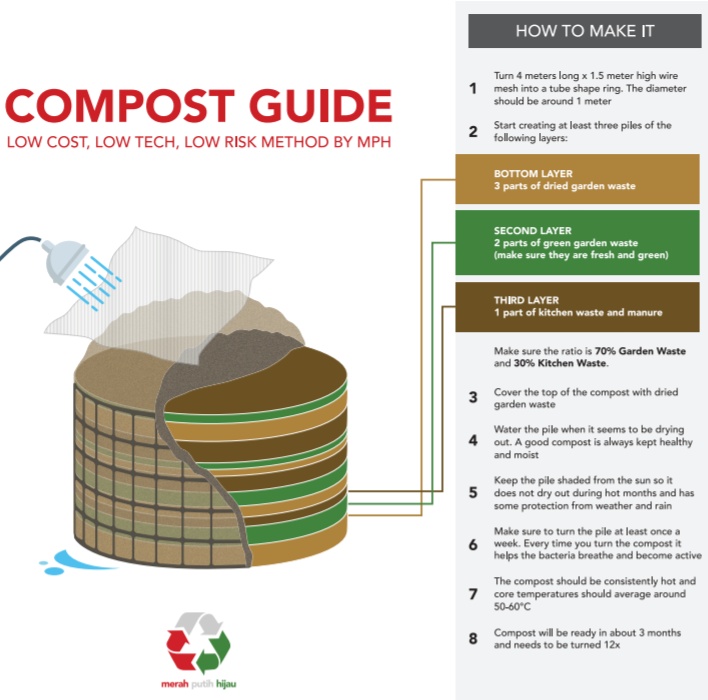Each country has its distinction when it comes to workmanship and the arts. Furniture making is an art that has transcend through time. Its distinctiveness is prevalent on each country and India is one of it. This two part article discusses the intricacy of wooden furniture making in India which has its roots on the history and each individual location.
Antique reproduction showcasing Indian woodworkers craftsmanship
Not a lot of individuals are aware that India is regarded as one of the best producers of top wooden furniture all over the globe. Subsequently, India is recognized to have a colorful and long history as far as wooden furniture industry is concerned. While furniture manufacturing in India has obtained recognition from every parts of the world, it is a bit rare to come across individuals who know the inner history and tradition of Indian Furniture.
Furniture making in India with the use of wood has been around since 1336 AD. It was basically the kings and the empires from Southern India that enriched the said craft. Wooden articles that are more than a hundred years old are living testimony. The workers were inspired by the royalty because the woodcraft carving was tagged as more than trade but a work of art. As a positive output, wooden crafts and furniture can be found from all parts of India. Aside from the conventional and basic furniture items, walls, doors, posts, and balusters can be found even in the most remote part of India, not to mention the artsy temples and ancient buildings that showcase detailed and intricate architecture that bear proof of the workmanship.
There are several fundamental parameters of carrying out wooden workmanship in India. Indian wooden furniture and accents are strongly influenced by the literature and art of the country, enrich in history. Ebony wood has been broadly utilized in the processing of Indian furniture especially prevalent in the royal families in the South of India.
Old door with a mix of wood and iron - source 4living
On the other hand, in the northern part of India, walnut wood was the thing in fashion. Legends and folklores on wood can be preserved for hundreds of years as in India, furniture has been handed down from generations to generations. Indian furniture workers are known to translate wood in to incredible pieces of useful furniture. In a broader sense, wood found locally is utilized in screen manufacturing, boxes, tables, trays, decorative items like candle holders and frames. The woods that are often used in the manufacture of Indian furniture items comprise rose, coconut, sandal and teak. Sandal Wood in general, is regarded by Indians to be the gift of god because of its dependability, strength, as well as the aroma that it emits.
The next part of this article will focus on the emergence of technology.

